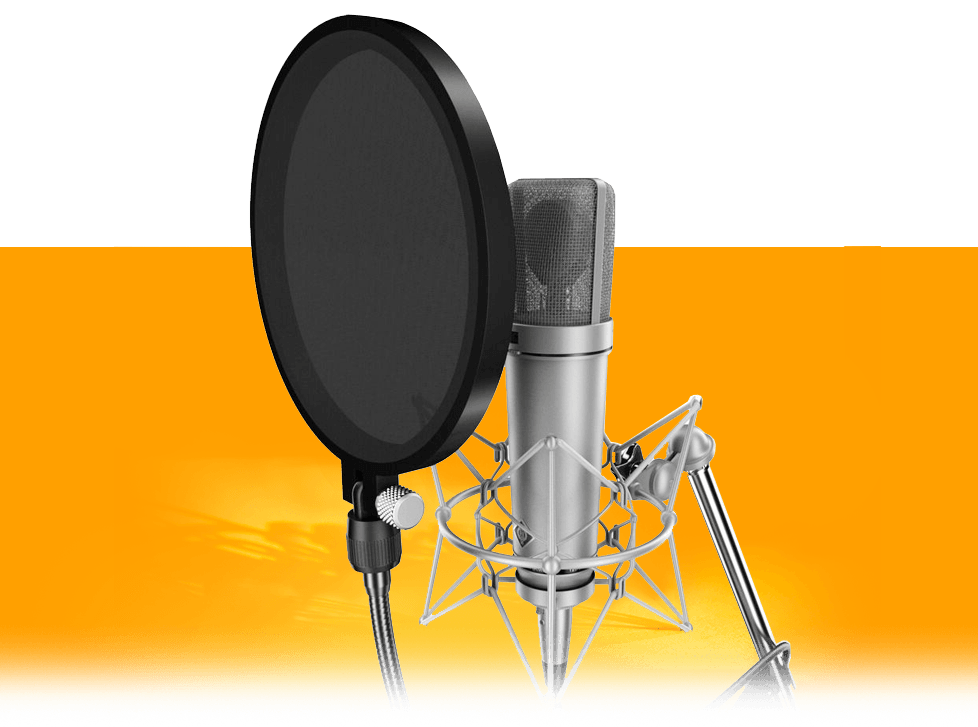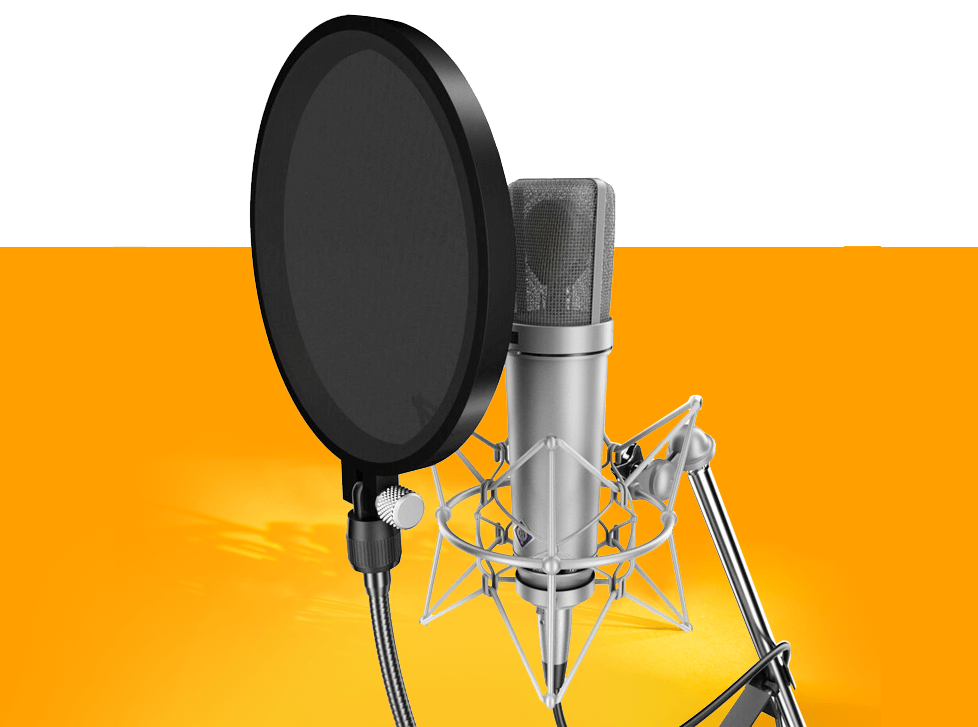5 Recording & Mixing Hacks for Creating Radio-Worthy Songs from Your Bedroom
Jeremy Alves | April 8, 2018
Even as the music world becomes more and more digital-focused, the key to success for a lot of artists still relies on radio play.
The advent of streaming services like Spotify and Apple Music shook the music world in the past couple of years, because for the first time people had new and more accessible ways to find interesting artists. But while there is a case to be made for going for digital only releases, in most big city markets radio still reigns supreme.
Whether you’re an engineer by trade, or a self-recording artist, there are some key dos and don’ts when it comes to producing your music for radio. If you’re sending your demo to a program director of a station, having the right “sound” for radio will likely be a key factor on whether or not they give your music a spin. Luckily for you, you don’t have to be a master engineer to get the right sound for radio, just understanding some basics will help you go a long way.
Basic Understanding
First things first, before you even start recording and mixing, make sure you take some time and listen to the radio. Find a station that plays the closest to your genre, and spend an hour or two actively listening.
Ask yourself questions with regards to the mix:
- What do you hear?
- What do you not hear?
- What is the song ‘built’ around?
- What’s most prominent?
Determining those basic questions will help you get a good start before you crack the mic. If you’re working on a pop song, you’ll most likely be mixing the song with a heavy emphasis on vocals, with bass and drums. Rock songs may have a stronger presence of guitars. It’s also really important to note how effects like delay, chorus and compression sound. We will touch on that in a bit.
Determine a Baseline
Now that we have a better understanding of the radio “sound”, next thing you’re going to want to do is determine a baseline. No, not like an actual line played on the bass guitar, we’re looking for a control sound.
Unless you’re reading this from a multi-million dollar studio (which is okay too) chances are you aren’t working off the most top of the line equipment. Even if you have great monitors, if your DAW is setup in the basement of your apartment, you aren’t going be getting that perfect tonal balance. That’s why, as much as it may pain you, what you should do is work off of a reference track.
Find a song you think matches the overall tone of the song you are mixing and work off that. Listen to how that song translates in your setup, and as you move along in the recording process keep coming back to that track to tweak your levels and mix to match.
Listen for key elements like vocals levels, how loud the bass is and where your drums sit in the mix. If you can “copy” how that song sounds, it will translate well to a professional sound.
Easy up on the effects
One of the huge differences between mixing for digital and mixing for radio is how the songs are outputted. If you are hosting your songs on a streaming platform, there’s considerably less downsampling done to your music. This is mainly to do with the fact that there are way less variables when it comes to your music and someone’s ears over the internet. In a radio setup, your music is compressed through a computer, sent to the radio tower, broadcast through radio signals and picked up by a car or radio players antennae. That’s a much shorter system than computer to computer to headphones.
If you were to compare the same song on a computer to how it sounds on the radio, you might think you’re listening to two completely different mixes. That’s because when a song is put into a radio system, it goes through equalization, signal processing and a considerable amount of compression.
It’s critical to factor these kinds of effects to your mix, so not to overdo it. Even if you think the vocals need more compression, always put on less. The radio is going to add more in the process. In general, you never want to add too much compression in the mix if you are sending your song to get mastered. That’s one of the many ways they will tweak your song to get that “sweet spot”.
Keep It Simple
Radio broadcasting will also boost specific effects that have low presence in your mix. Delay and reverb often get turned up, whereas core elements like bass drums and guitars will sound more quiet.
Focus on the key elements of your song. This is another sort of general mixing rule, but is especially important when you are recording and mixing for radio. Make your core elements like vocals, drums, and main melody the stars of the show. Everything else is a bonus.
I like to think of a good mix the same way I think of a great movie. A great film should be easy enough to watch and understand the first time, but gets better the more and more you watch it. You want people to be hooked immediately in your song, but pick up on new things every time they listen. That’s why you focus on the main ingredients first and the special parts second.
Playback
Listening back to your song can be a bit of a painful process. Whether you are using studio monitors or professional headphone, you may think that you have the perfect, most well-balanced song in the world. However, most people don’t listen to their music that way. The average music consumer is using cheap headphones or car stereo systems. Add on top of that the effects from radio compression, and your song will sound nothing like it did in your studio.
Once you think you have perfected your mix, the first thing you should do is step away. Take a full day or at the very least a couple hours and don’t listen to your mix. You want to get it out of your head. When you’re in ‘edit’ mode, you want to be listening to the song as close as you can to fresh ears.
The next part of the process requires a bit of effort on your behalf. Try listening to your song on 3-5 different sets of speakers. Put it on an old iPod and listen through crappy headphones. Play it over your laptop, cell phone or tablet speakers, then computer speakers. Plug it in to your car’s speakers. Try as many different setups as humanly possible and see how it sounds. Take notes and come back to your edit suite and fine tune.
Even if you follow these guidelines, you still may not have the ultimate radio-ready song. These things take lots of practise, but the more you listen and learn the better you will get at it. Lastly, as the mixer, a lot of how well the song performs is out of your hands. How the song is written and recorded will have a huge impact on how people will react to the song. A great radio song hooks people within the first couple seconds, and tends to stay away from droning bridges, instrumental breaks, and lengthy songs.
Ready to Start?
OIART's Audio Program Includes:
✓ Small Class Sizes
✓ On Site Facilities
✓ Industry Leading Instructors
✓ Post Grad Support & Guidance
✓ Exclusive 11 Month Program
Top Reasons Why You Should Choose OIART.
Have Questions?
If you have questions about our audio engineering and music production program or would like to book a tour, we would be pleased to speak with you.
Text Us: 519.200.4151
Share This With a Fellow Music Lover
Apply in 4 Steps!
Step 1: Click apply now.
Step 2: Answer 8 questions about yourself.
Step 3: Upload supporting documents.
Step 4: That's it! You are done.
Share this with fellow music lovers


